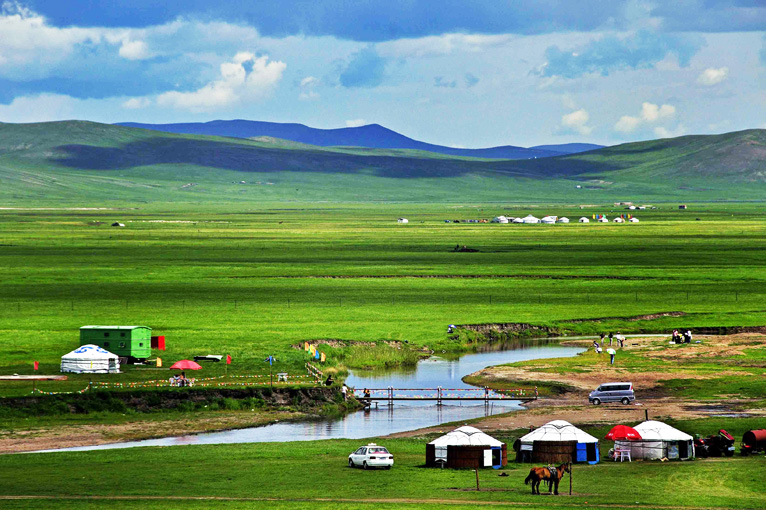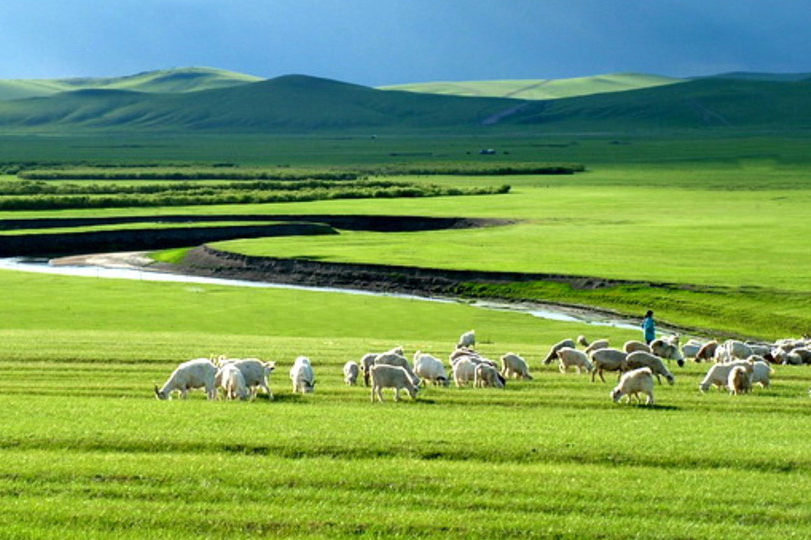Hohhot




Intro
Hohhot, the capital of Inner Mongolia Autonomous Region in northern China, lies between Yinshan Mountain and the Yellow River. It is the most important city in Inner Mongolia and is home to 36 different ethnic groups. Notable among these are Mongolian, Han, Manchu, Hui, Tibetan, Dawoer, Elunchun, Ewenke and Korean. The city zone covers 17,224 square kilometers (6,650.19 square miles) with a population of 2.63 million. It administers 4 districts, 4 counties, 1 banner and 1 national level Economic and Technological Development Zone, including Yuquan District, Huimin District, Xincheng District, Saihan District, Tokto County, Horinger County, Qingshuihe County, Wuchuan County and Tolmud left Banner.
History
Hohhot has a long history of over 2300 years. In the period of Warring States (476 BC - 221 BC), Zhaowuhou (340 BC – 295 BC) build the Ancient City. In Northern Wei period (386 – 557), Xianbei ethnic groups established a capital at Horinger County which was the first capital in the north grassland with the historical name of Shile. The city was renamed Fegzhou in Liao period (916 – 1125). In 1581 during Ming Dynasty (1368 – 1644), Tolmud leader Altan Khan constructed a city in Yuquan District, named Hohhot in Mongolian, and later renamed it to Guihua. In 1737 during Qing Dynasty (1644 – 1911), the government built Suiyuan city, a strong garrison town, at the northeast of Guihua, then united the two cites as one naming it Guisui. In 1954, the city became the capital of Inner Mongolia and resumed the name of Hohhot.